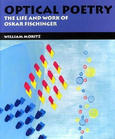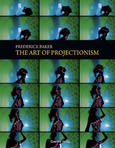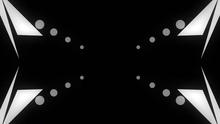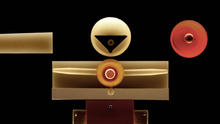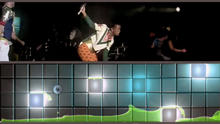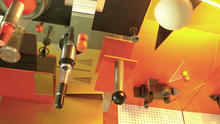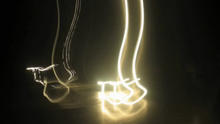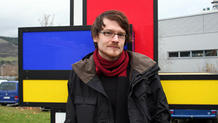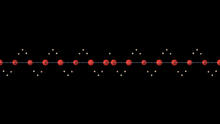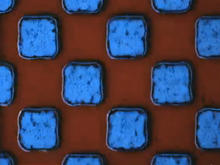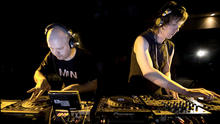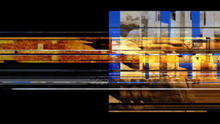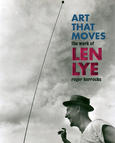Max Hattler
(1976) is an experimental animator and media artist educated at Goldsmiths, Escuela de Cine de Madrid, and the Royal College of Art, graduating with an MA (RCA) in Animation in 2005.
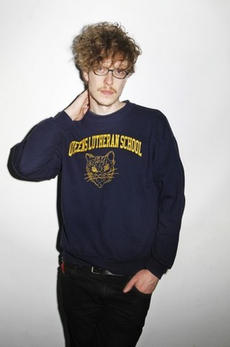
Max Hattler has had solo exhibitions at Lumen Eclipse, Media Art Friesland, Nottingham Broadway and Someonesgarden Tokyo, and retrospectives at Image Forum Festival, Fredrikstad Animation Festival, MUMIA Festival and Branchage Jersey Film Festival. His works have been shown at hundreds of film festivals, as well as in museums and galleries such as MOCA Taipei, the Marl Video Art Award, Yota Space and Gasworks Gallery. Awards include St. Louis Film Festival, Visual Music Award, Animate OPEN Digitalis, London International Animation Festival, Videofestival Bochum, Videologia, Skepto Festival, San Gio Festival and 700IS Art Film Festival. Max Hattler's films have been included in the touring programmes of EMAF, Videoformes, onedotzero, Resfest, The Animation Show, L'Alternativa, Animac, AURORA, and the British Animation Awards.
Max has collaborated with several music acts including Basement Jaxx, Jovanotti, The Egg and Ladyscraper, and he has shown his audiovisual live performances around the world, including the Museum of Image and Sound in Sao Paulo, Electrovisiones Mexico City, Cimatics Festival, Filmfest Dresden, SuperDeluxe Tokyo, The Big Chill Festival and London's ICA.
Max teaches at Goldsmiths, and is studying towards a Professional Doctorate in Fine Art at the University of East London.
Source: Max Hattler
Max Hattler was born in Ulm, Germany. He is the son of Hellmut Hattler from Krautrock band Kraan. Max Hattler graduated from Goldsmiths in 2001, and with a Master of Arts in Animation from the Royal College of Art in 2005. He lives in London and Germany.
Source: Wikipedia
Max Hattler works on the thin line between abstraction and figuration, being able sometimes to create powerful political statements while eschewing the traditional constraints of narrative, choosing a poetics of implication over the mere construction of a discourse. In that matter, it is interesting to see how he is also able to mix the strategies of artistic practice with the techniques one would associate with the entertainment industry, creating pieces that can work on a variety of (sometimes) conflicting frameworks, from the gallery white cube to the dark walls of a nightclub, performing live in a film festival or spreading his interventions through the web.
Source: Hilda Magazine
